Placed within the Shark Bay World Heritage Area in Western Australia, Monkey Mia is famous for its stunning views of coastline and greatly contrasts with the signature dolphin experience. This well-known place, where wild dolphins come to play has some deep underlying histories where the indigenous origin was, the discovery by the Europeans and the evolution to a tourist resort. The information provided in this article tells the story of Monkey Mia, how it has progressed from an important Aboriginal site to a favourite stretch of land on the Australian coastline.
Indigenous Heritage of Monkey Mia
Situated in a large area which is looked after and owned by the Malgana and the Nhanda peoples, Monkey Mia is equally a satisfactory tourist destination. These indigenous peoples have had a long relationship with the local marine biodiversity and topography. In the vicinity of Monkey Mia, especially the Dorre Islands and the Peron Peninsula, plentiful fresh water and sea resources including coral and paramunicipal and eutrophic grasses have what used to be their means of survival.
One thing that can be identified as part of the Indigenous heritage features of Monkey Mia is the presence of Aboriginal heritage sites like monoliths and burial sites. There are aspects of the cultural practices and knowledge of the Malgana and Nhanda which are deeply intertwined to the natural systems and biological diversity of the area. This includes how well they perceived the area’s hypersaline water bodies and the marine life supporting a variety of organisms for instance the loggerhead and the green turtle. Language and cultural history are the two content aspects going hand in hand with the particular locality and are quite reversed on the core understanding of the language.
Why Is It Named Monkey Mia?
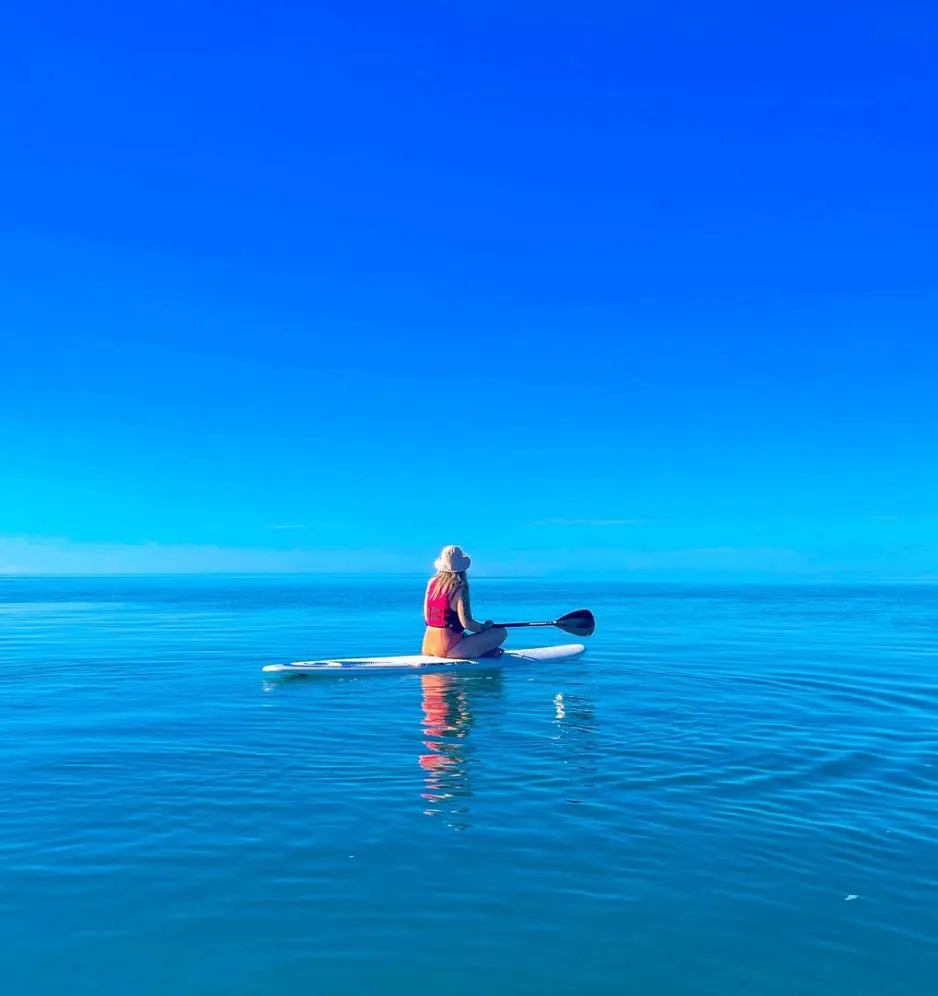
The topic of why significant events occurred and why this area is called Monkey Mia has been a point of concern for many pioneers. And this is probably one of the name origin mysteries that has attracted and continues to attract a lot of personal interests. It appears that such name was given for specific local languages or was only in Palmerston language grossly misapplied by early European settlers to another region. Such a name may have been used in the area’s geographic description, or the area may have been incorrectly named by settlers. In any case, monkey mia dolphins and all its coastal beauty is what its visitors have come to know the world over.
Custodians of the Land
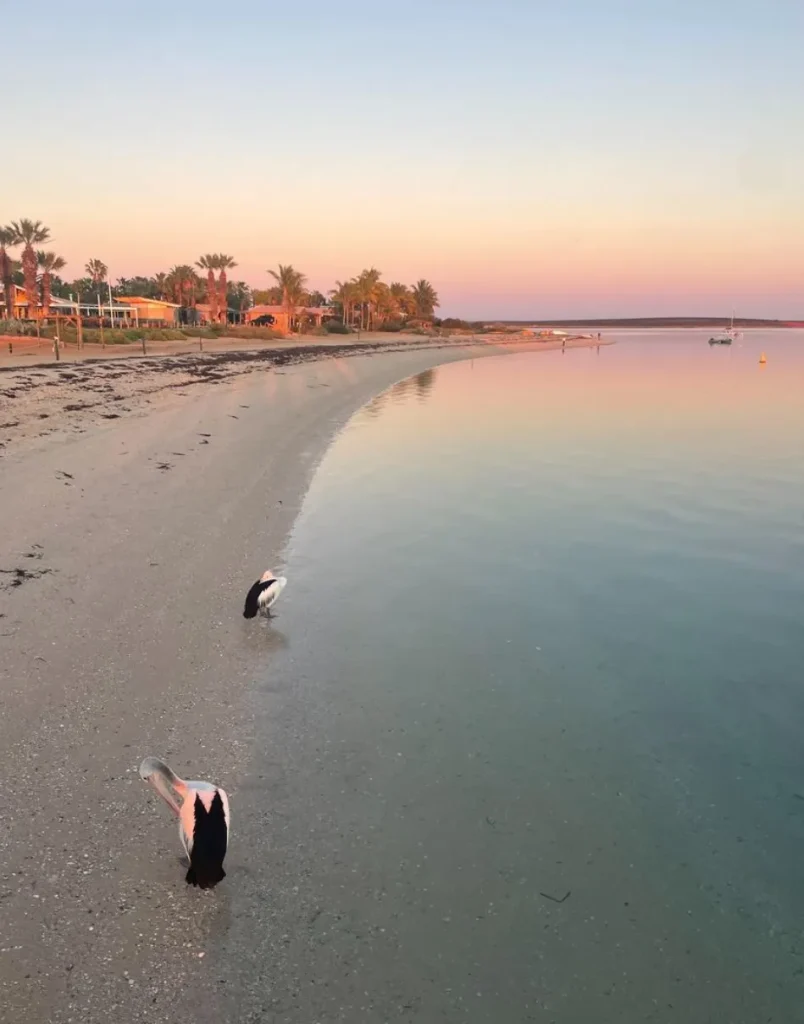
Traditional owners of Monkey Mia are the Malgana and Nhanda people. They were able to establish ownership of the land which extended to the management of the conservation reserves in the region, i.e. the Monkey Mia Reserve and Shark Bay World Heritage Site. The traditional beneficiaries equally gave a hand in management, including management of the Monkey Mia Conservation Park and ecological management of the region. Usually their management plans contain community projects as well as project stakeholder consultations in order to deal with management issues and conservation integrity.
Cultural Significance
The cultural relevance of Monkey Mia emanates from its geographical position amongst the Malgana and Nhanda tribes. The ample beaches, large white shells and the coral reef structures as seen in the vicinity feature in the cultural geography. Aboriginal sites or places representative such as Cape Peron and Francois Peron National Park are scan through without acknowledgment of the place’s cultural significance. Management of the conservation estate or management of the selection of land as conservation areas as well as the management of enhancement of the ability of avowed conservation areas bears implications of conservation in the area and culture.
Historical Practices
In the past centuries, Monkey Mia served as a base for the traditional cultural practices of the Malgana and Nhanda peoples. These practices included fishing as well as harvesting marine resources which were critical to the survival. Use of fresh water from places around them and also the use of the lands was adequate in their culture. The geological features of the area, such as the growth of dome-like deposits and limestone sand deposits, have been important to traditional practices and conservation.
European Discovery and Early History
History of monkey Mia is laced with the tales of early European Explorations in Australia. In the early 17th century, the Dutch explorer Dirk Hartog took one of the first recorded expeditions by a European to the coast of Australia, at what is now known as the Dirk Hartog Island. This was the time when the Europeans started showing interest in this part of the world. Other voyagers like Willem de Vlamingh also aided in the expedition and mapping of the region.
Initial Contact
The commencement of European colonisation in Shark Bay brought forth changes among the local Aboriginal groups. The first contact was with early settlers and explorers, which brought in new changes and ideas of land use. This period saw the settlement of pastoral leases and sheep stations for example the pastoral station within the region. Such advancements were quite disastrous to the land as well as the native occupants of the land.
Natural Resource Management
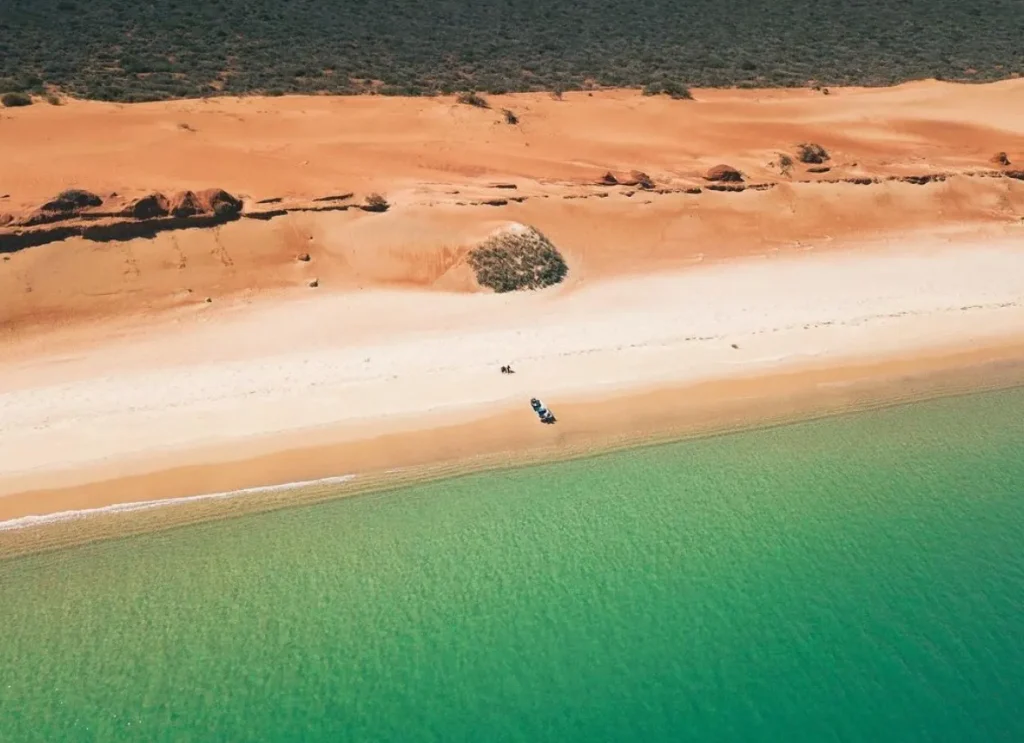
Changes have occurred in the development of the Monkey Mia area with time. The early European settlers began to settle on pastoral leases and engaged in mineral exploitation including expanding on gypsum mining and concentrating on mineral sands mining. The attention paid to the unique marine and biological features, such as prominent marine structure and diversity of the ecosystems, significantly informed the administration and growth of the development.
Emergence as a Tourist Destination
Monkey Mia started reinventing itself to become the favourite tourist attraction in the late twentieth century. The advent of the RAC Monkey Mia Dolphin Resort and very few developments in the region’s tourism sector heralded a new chapter for the region. This period saw the development of tourism based on the natural characteristics of the area and the possibility of encountering wild dolphins. The evolution of tourism has also entailed building other tourist facilities such as Shark Bay Airport and undertaking development initiatives to encourage responsible tourism.
Early Tourism
The early version of tourism in Monkey Mia revolved around the dolphins and the surrounding landscape. There was interest from visitors over watching and playing with wild dolphins in their natural habitat. Accommodation facilities and other related services such as safari tours contributed to the development of Monkey Mia as an import696 tourism spot within the western coastal lands of Australia.
Growth and Development
Monkey Mia has become a famous beach, which caused a shortage of tourist infrastructure. New facilities and amenities were constructed, apart from increasing the number of hotel rooms and enhancing the region’s natural amenities. Expansion of tourism further encouraged more focus into areas of conservation, particularly planning for tourists and conserving the areas’ natural and cultural resources.
Modern Tourism
Currently Monkey Mia is a matured destination, popular especially due to its unique dolphin interactions and the coastal aspects. It remains an attractive spot for tourists because of its diverse wildlife with Humpback and Southern Right Whales that could be seen in Shark Bay. Efforts in modern-day tourism aim for conservation of the esteemed features in the region inclusive of its fauna and marine ecosystems.
Things to see and things to do
For those who have ever been to Monkey Mia and feel a little out of ideas on things to see and do there, it is easy to point out that the area reserves offers a wide range of activities. And here are some of the key points you will want to remember:
Dolphin Experience
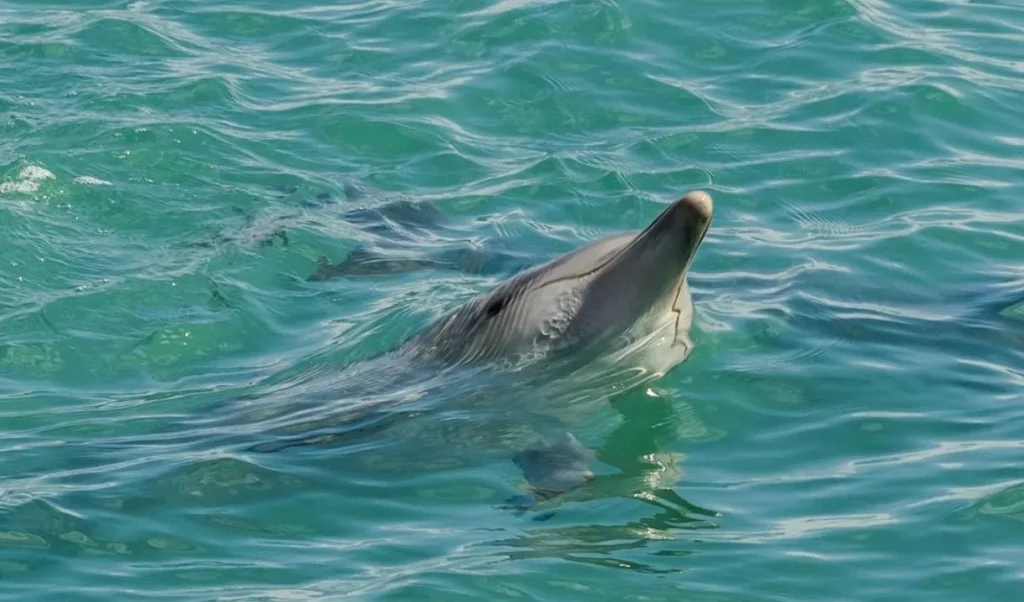
What Monkey Mia is well known for and one of the major reasons to visit this place is the Dolphin Experience. It is a once-in-a-lifetime chance to get close to wild dolphins without any cage. Most of them approach the sandy beach, which gives people a chance to observe the fishes at closer range. The number of such interactions on a particular day is limited, and therefore, the safety of the dolphins as well as the quality of experience given to guests is respected. You may find out, from oceanographers as well, what the dolphins do and what conservation efforts are currently taken.
Eagle Bluff
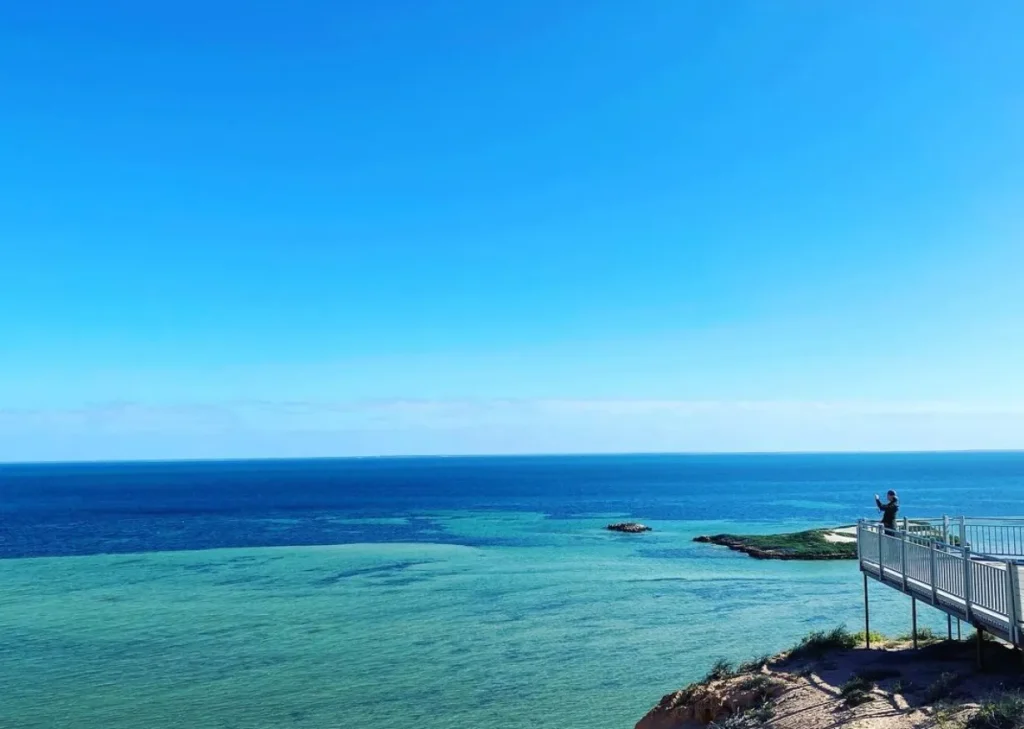
Breathtaking views of the coast and undulating marine floor with its inhabitants, converge in this aptly named Eagle Bluff. From this incredible outlook one can see thousands of fishes including the manta rays and turtles. The beauty of this place is that one can also take photographs of the view of the ocean from the hilltop and the rocky shoreline itself. Nearby there are boards with captions about the animals and the nature of the region.
Francois Peron National Park
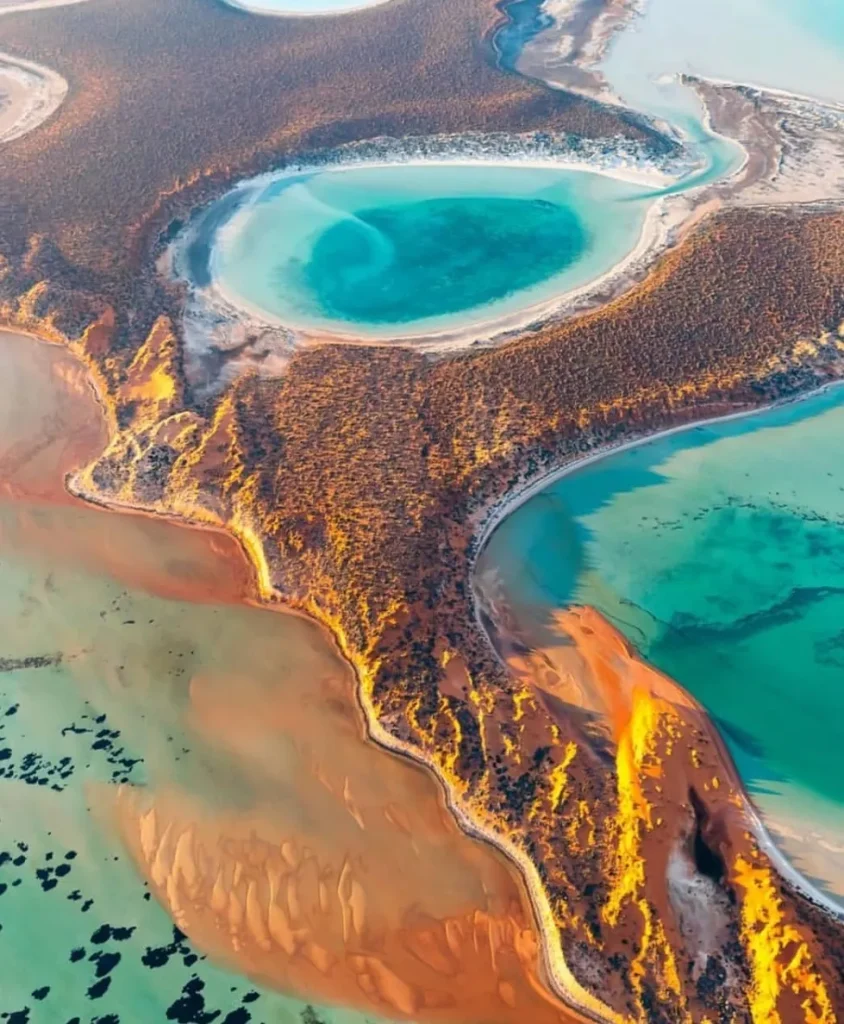
Recommended for people who like nature in action, Francois Peron National Park is the one to get others excited. The park is famous for its variety of geographies such as the red sand dunes, jagged cliffs, coastal areas and mangrove forests. The park is traversable through several walking paths and 4WD paths that allow views of interesting plants and animals. In addition, the park includes a number of beautiful attractions including blue and white sand dunes, and the Peron Heritage Trail, which is all about what the area’s natural and human history is like.
Hamelin Pool
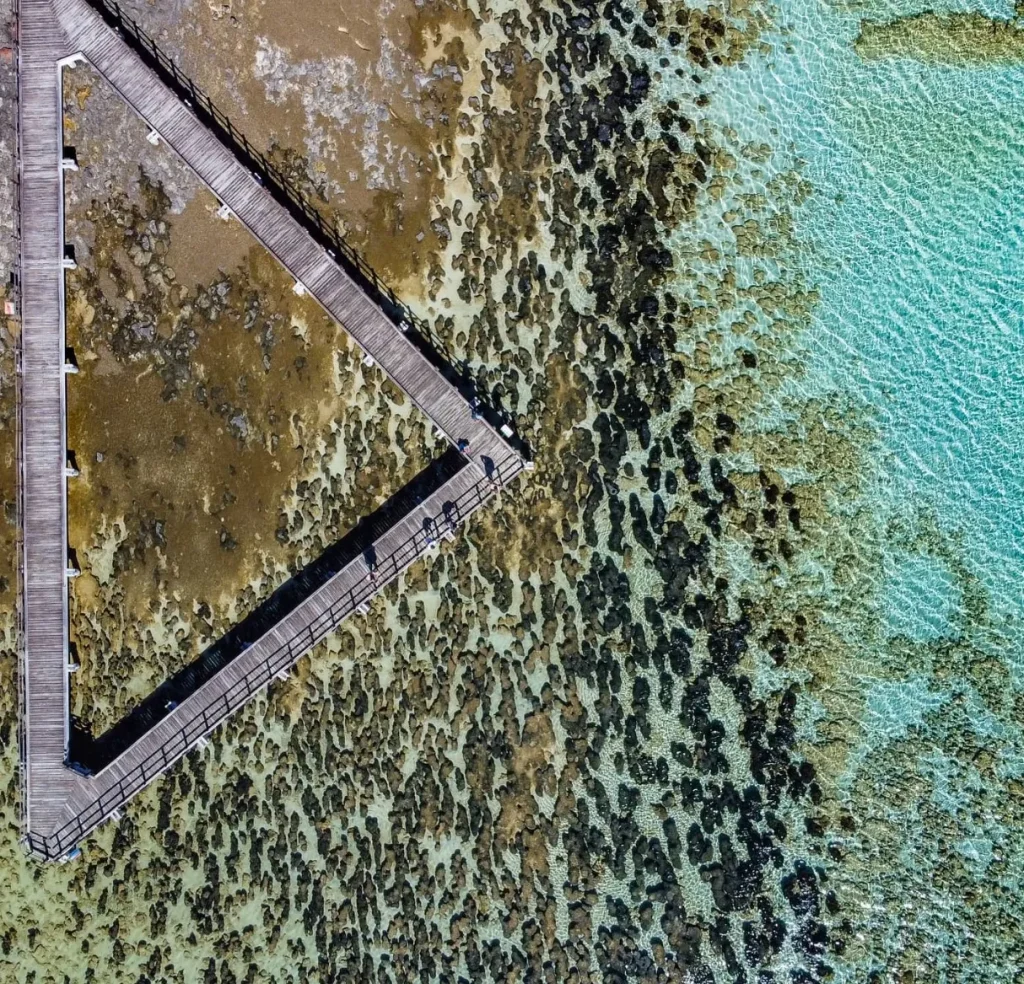
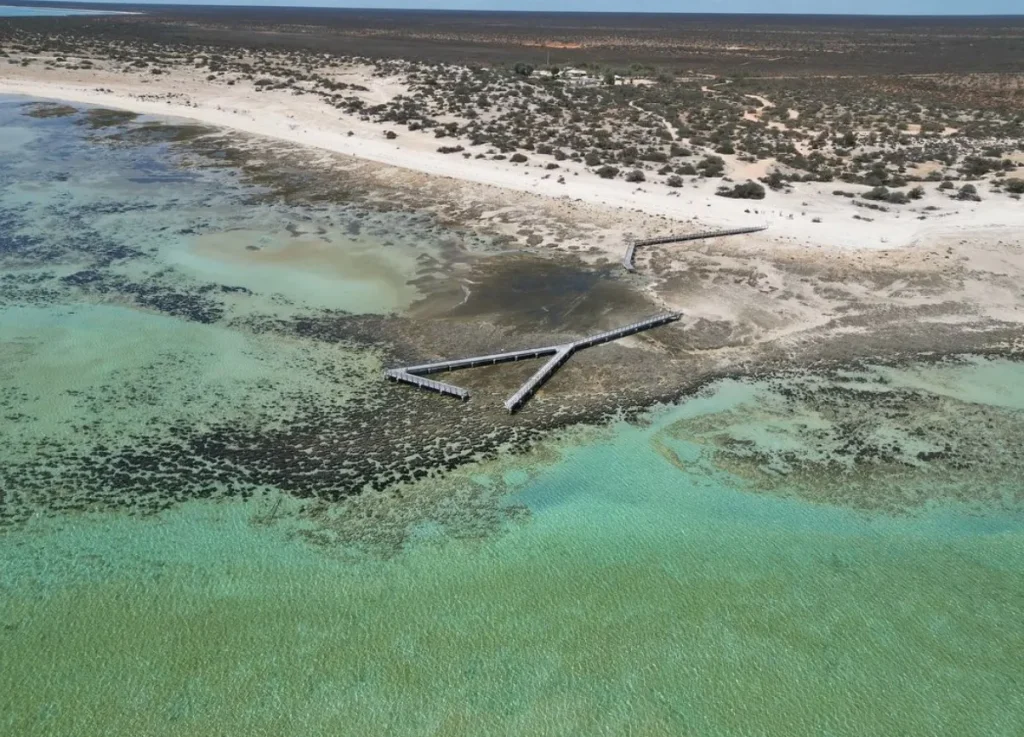
The stromatolites outside Hamelin Pool are among the oldest and a handful of ancient living fossils known to man. It is structures constructed slowly by microbal inhabitants that give an insight into the history of earth in its early days. Hamelin Pool Marine Nature Reserve on the other hand has such amazing structures and they offer interpretive displays and guided Monkey Mia tours as well. In addition, the region’s history – in the geological sense – is presented through interesting displays and pleasant walks along boardwalks.
Steep Point
Steep Point is the westernmost point in Western Australia making it a great place to view the western coasts of Australia. Its rocky cliffs as well as foggy shores make wild and breathtaking sights for recreation or for fun prospects like fishing, walking, treking and bird watching. At several viewpoints, you can feast your eyes on the Indian Ocean without any obstruction and wait to see migratory whales when their seasons arrive. There are also a number of walking tracks and picnic areas for people who are not up for a hike in the vicinity.
Coral Coast
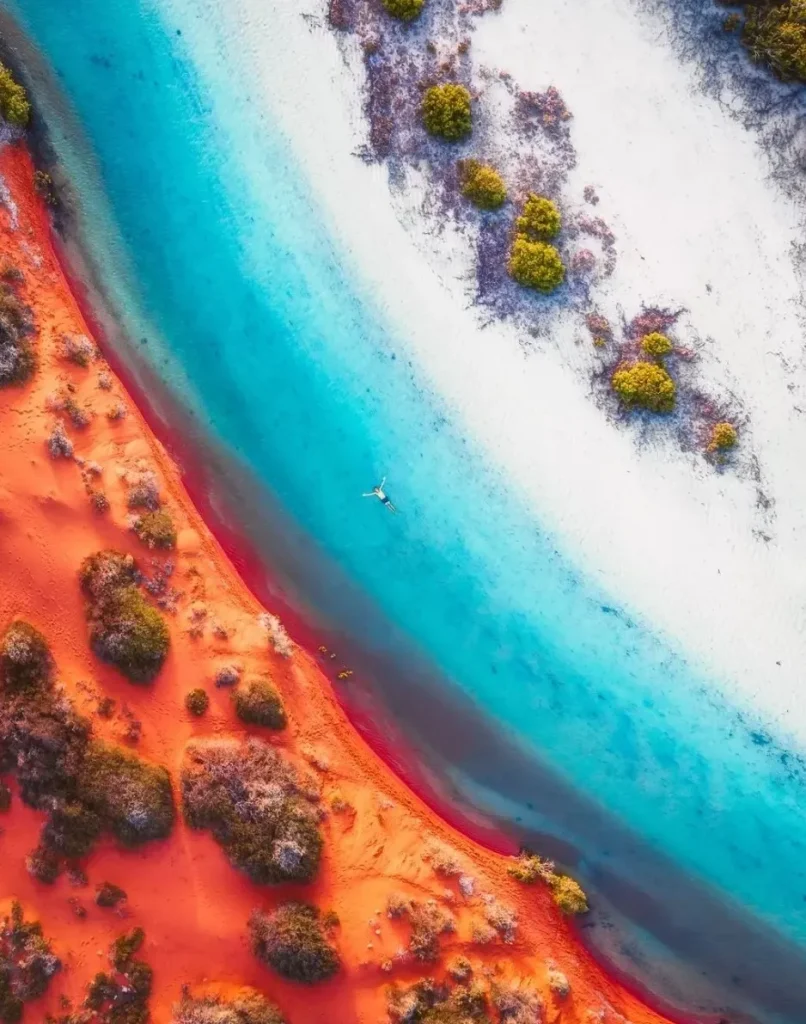
The Coral Coast region includes some of the best and most diverse coastal regions in Western Australia. Tourists can enjoy the beauty of long, natural beaches and sample the beauty of the aquatic habitats unique to this area. There are many coral areas in the region that are good for snorkeling and diving. The warm blue waters are perfect for watching colorful fishes and corals. Besides, the beach area is punctuated by pretty small towns and resorts, and many varieties of food and food services are available.
Conclusion
The trajectory of Monkey Mia from being an Indigenous settlement to its current figure as a popular tourist destination is a very interesting one. The current identity of the area has been influenced by its significance culture, landscape, and oceanic biodiversity. With the increasing number of tourists to Monkey Mia from different parts of the world, conservation and cultural practices still remain a stronghold of the wisdom of the place.
FAQs
Why is the dolphin experience at Monkey Mia important?
Monkey Mia’s dolphin experience is important because it enables users to interact with dolphins in their natural habitat. Dolphin interaction in this area is an important aspect of the tourism and reflects the area’s willingness to practice dignified wildlife management.
Who are the original landholders of Monkey Mia?
The original landholders of Monkey Mia are the Malgana and Nhanda peoples. They are the Indigenous people with an attachment to the environment and its resources including its culture and history as far as conservation is concerned.
Are there other significant sites of interest in Monkey Mia?
Other significant sites of interest in Monkey Mia include the dolphin experience, Eagle Bluff, Francois Peron National Park, Hamelin Pool and Steep Point. These sites provide tourists with a variety of activities and wonderful sights of the natural aspects of this region.
How has Monkey Mia’s tourism changed over the years?
Monkey Mia evolved from an area rich in Indigenous culture to the unrealized prominence of millions of tourists drawn to interact with dolphins and gorgeous coastlines.A developed infrastructure for tourism and adherence to the principles of development of the regions has contributed to this success story.
On site what activities for conservation are being done at Monkey Mia?
At Monkey Mia, conservation activities are also present including the management of conservation reserves such as the Monkey Mia Conservation Park and Shark Bay World Heritage Area. These efforts are focused on the protection of the natural and cultural features of Sabah including marine and biological diversity.